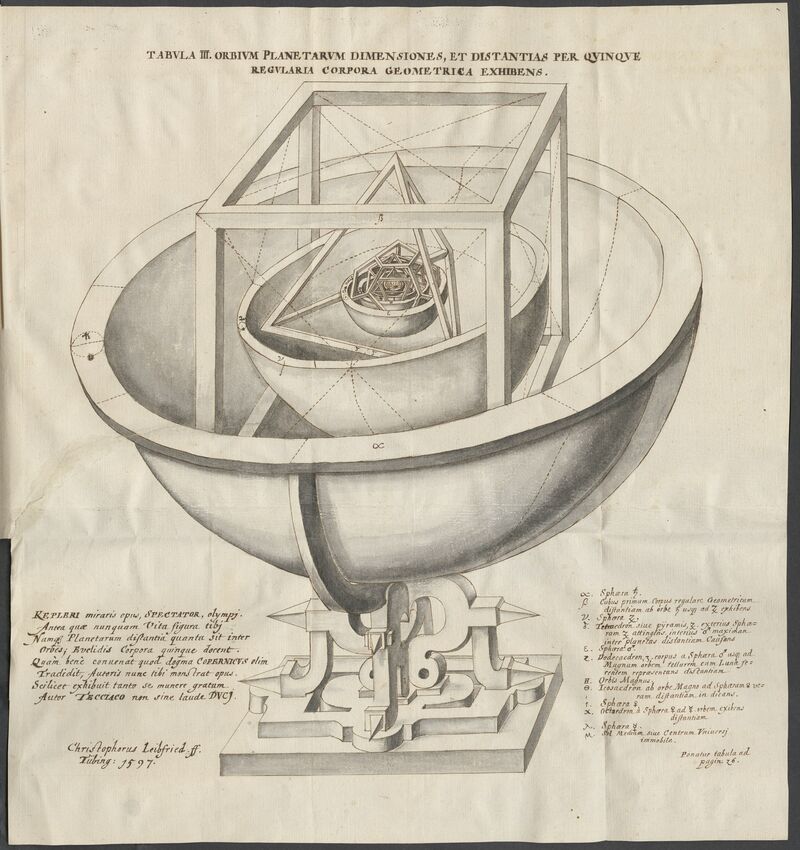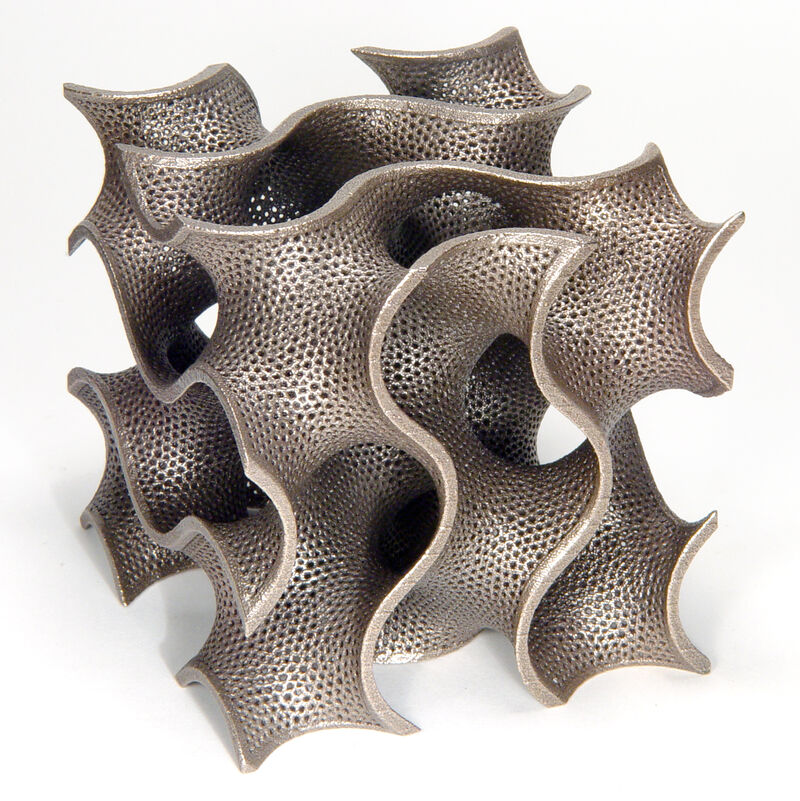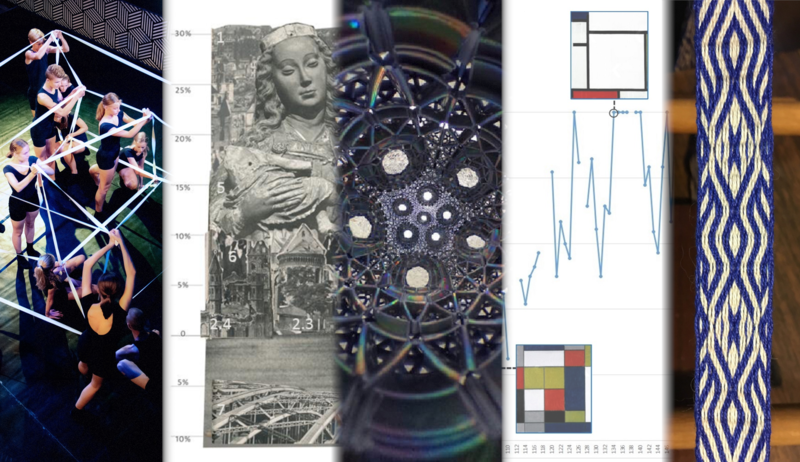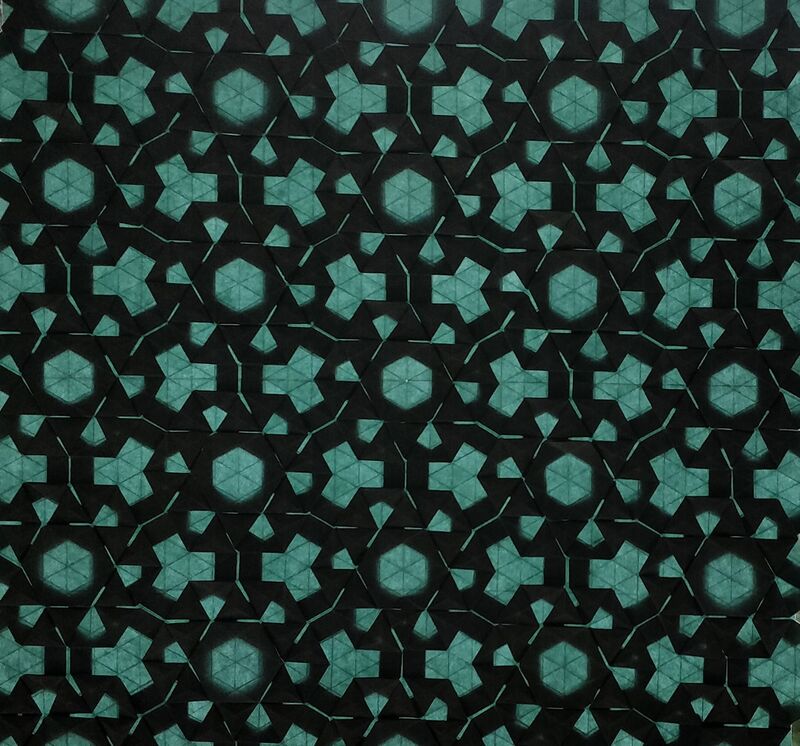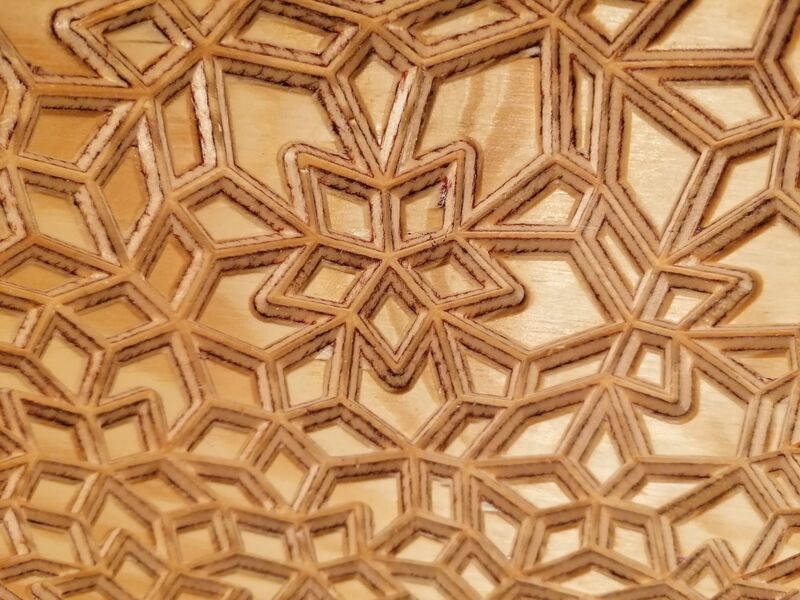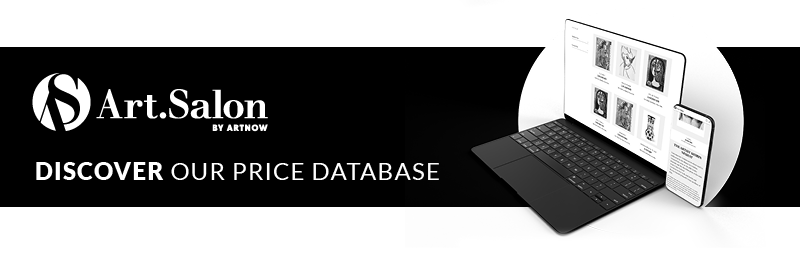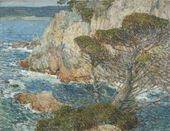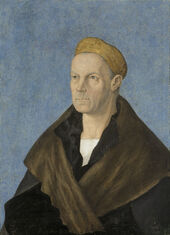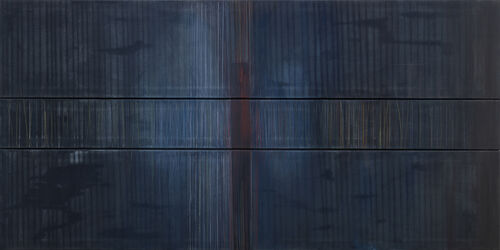Mathematics is often associated with abstract concepts, cold logic, or impractical constructions. Far fewer are the associations with creativity, let alone art. Still, mathematicians will tell you about the beauty of their constructions and proofs. Can this beauty only be appreciated by the innated? Does it need a degree in mathematics to recognize the aesthetic values that the field has to offer? In this sense, it seems rather difficult to combine mathematics with artistic disciplines like visual arts, music, or performing arts, just to name a few.
Dive deeper into the art world
Los Angeles County Museum of Art
Collecting as a Mirror of Time
Augsburg, Schaezlerpalais
Golden times: The Fuggers as patrons of the arts
On the 500th anniversary of Jakob Fugger's death on December 30, the Schaezlerpalais is commemorating him as a patron of the arts: the wealthy merchant family commissioned numerous artists of their time. The exhibition Art’s Rich Heritage: Jakob Fugger and his Legacy runs until April 12, 2026, in Augsburg.
December 17, 2025



